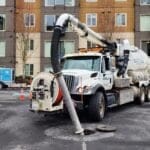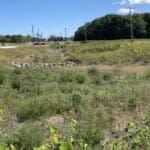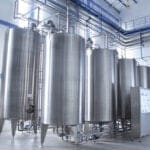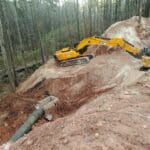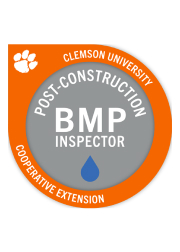Commercial Sand Filtration System
Installation & Management
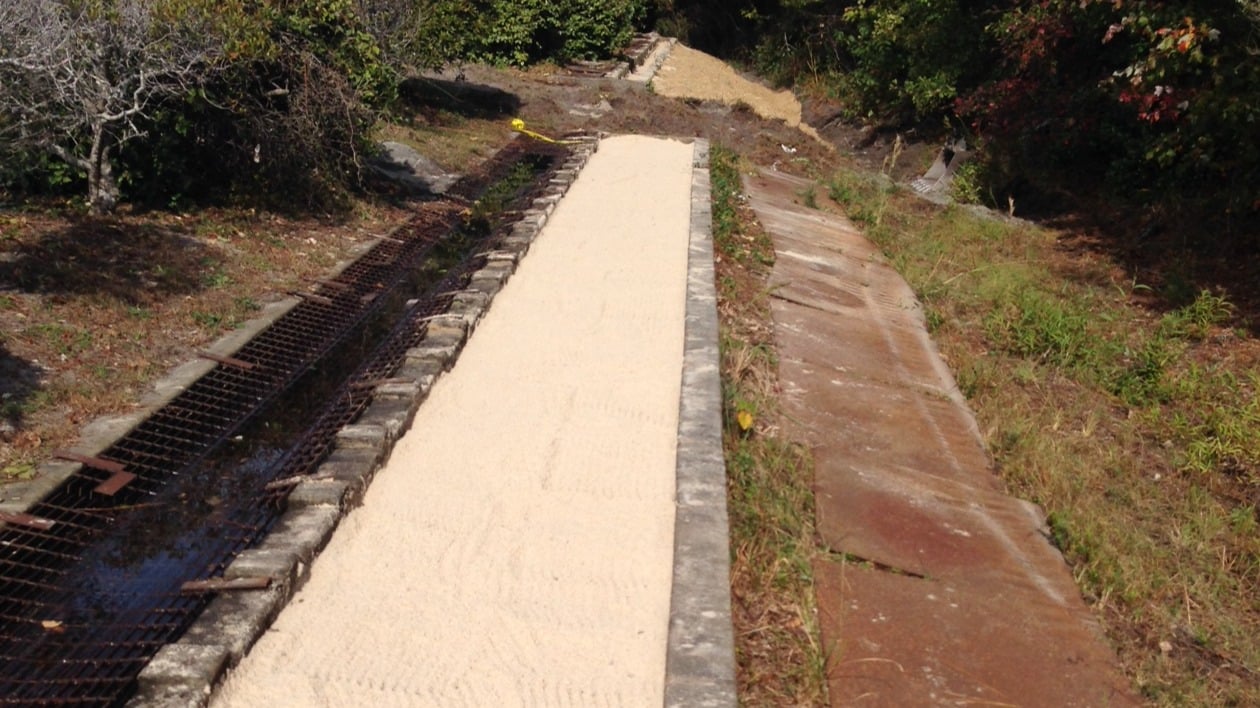
How Sand Filtration Systems Improve Water Quality
Stormwater sand filter systems, or filtration basins, have been used for decades to treat stormwater runoff and improve water quality. Sand filter applications can be presented on the surface, below the surface, or within a cartridge configuration. With coarse sand often used as a primary filter media, other filter system medias can be selected with design developed to control rates of flows released and special medias that target contaminants.

How Sand Filters Work for Water Treatment
Sand filter systems temporarily store stormwater runoff to filter and remove pollutants before they reach natural water sources, such as creeks, streams and rivers. Stormwater is filtered through a natural, or an engineered filter media, and systems are commonly designed with two chambers.
The first is a sediment chamber, or forebay, where larger particles deposit before the runoff water is filtered in a filtration bed of sand where fine particles are removed. Afterward, the filtered water is typically collected in an underdrain and then conveyed to the storm drainage system.
Identifying and Addressing Clogging in Sand Filters
Sand filters should be inspected regularly as they are subject to clogging. Clogged sand filters no longer provide water quality benefits and require media replacement to return to function.
Sand filter media can readily be reconditioned and supplemented to promote improved efficiency and to resume intended performance.
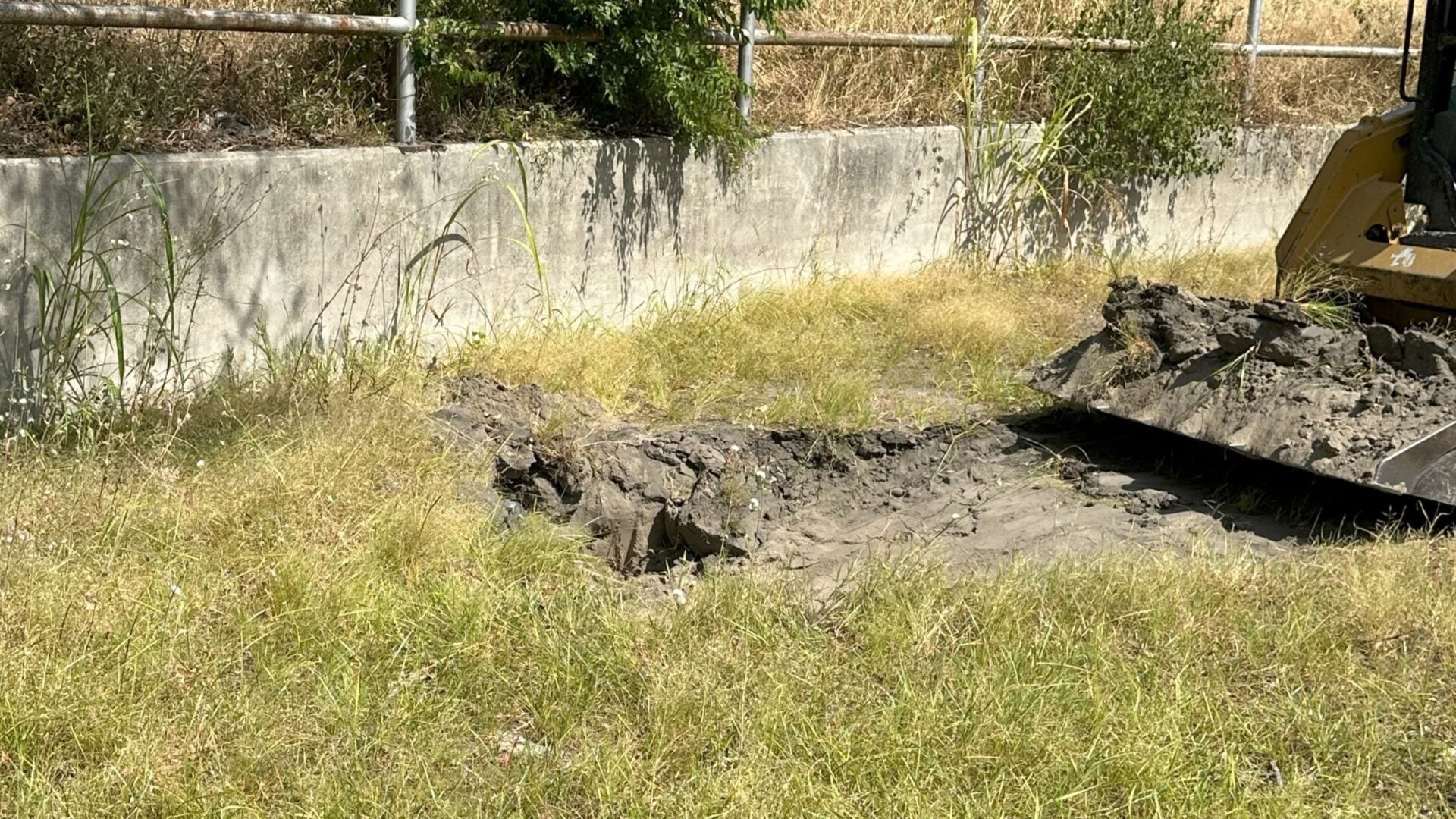
The sand filter basin on this site was not maintained and over time became laden with vegetation and no longer offered water quality benefits.
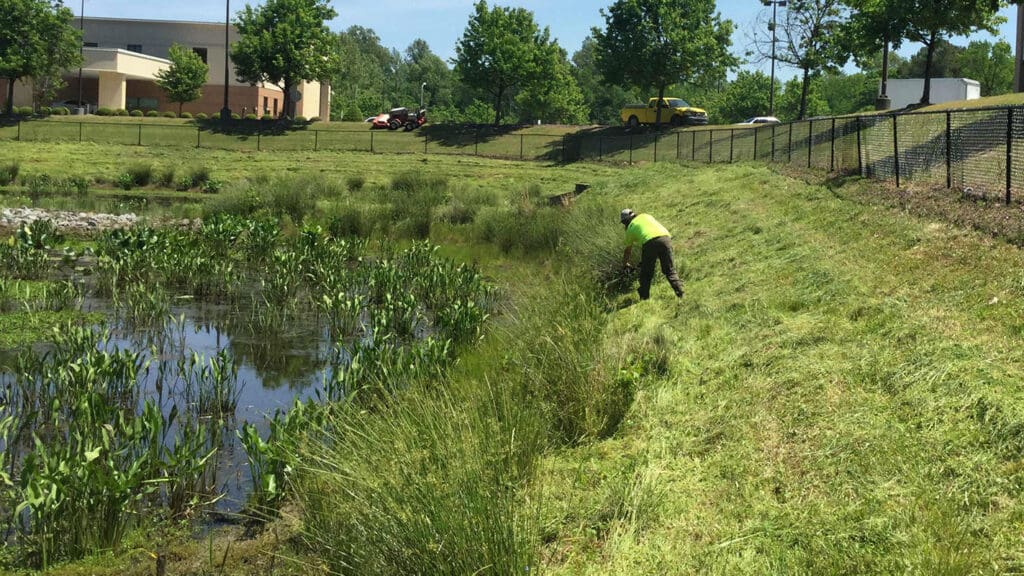
As cities and towns develop, more impervious surfaces are created, preventing stormwater from absorbing into the earth.
The Benefits of Stormwater Sand Filters
Stormwater sand filters provide water protection, water conservation, and stormwater quality benefits. Some of the benefits of a sand filter system include:
- An efficient and effective pollutant and contaminant removal through pretreatment and treatment chambers
- Reduction of water runoff and stormwater volume control from development sites
- Groundwater recharge
- Configured into any layout required with little required surface land
- Fewer site restrictions make them suitable for small residential and commercial areas
Stormwater Sand Filter Installation and Maintenance
As a stormwater management company, AQUALIS specializes in the construction and maintenance of sand filter systems. Once the construction is complete, an AQUALIS representative will establish a plan to properly maintain the sand filter system to ensure that future storm water samples are collected, reporting is conducted and other documentation is done correctly.
AQUALIS provides system maintenance to help you properly maintain a sand filter stormwater management system. To ensure stormwater sand filters provide reliable rates of pollutant removal, a regularly scheduled maintenance plan is necessary.
We inspect pretreatment devices, structural components, infiltration systems and sand filter systems regularly to help you continuously implement an effective stormwater program. Using our certified stormwater best management practices inspection, our specialized maintenance professional will manage and submit all the necessary inspections and required annual reports for you.
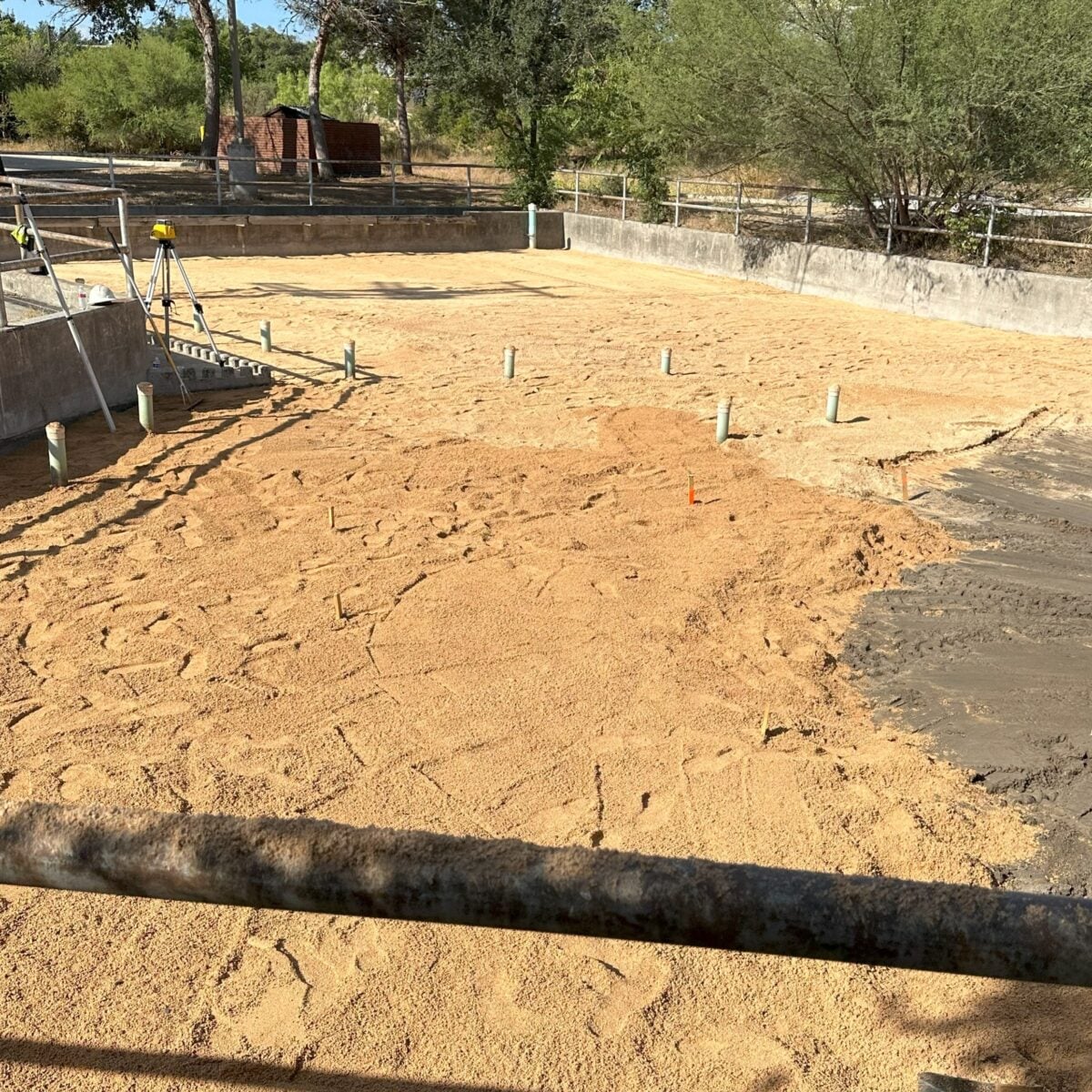
Best Practices for Sand Filter Operation and Management
AQUALIS provides sand filter development, implementation and restoration beginning with a thorough site assessment to analyze existing conditions. Utilizing hydrologic calculations, our Engineering Services Division can best understand the water flow and movement before and after implementation.
Working directly with local regulators, AQUALIS will ensure your project complies with local and federal regulations while securing funding. Following best practices, regular inspections and testing and developing a long-term Operations and maintenance agreement ensures your sand filter project properly manages stormwater for years to come.
Additional Stormwater Control Measures for Sustainable Water Management
An alternative stormwater control measure that closely emulates a naturally occurring wetland therefore improving our water bodies.
A vegetated channeled depression or trench that captures and infiltrates stormwater runoff before it enters a stormwater drainage system.
A type of bioretention that is best suited for smaller sites to treat stormwater runoff.
Zones located along river banks that provide important habitats for wildlife, limit erosion and help to mitigate flooding events.
An alternative to traditional asphalt or concrete, permeable or porous pavement materials are designed to allow water flow around them into a stone media, or through the pavement.
An alternative to traditional roofs, green roofs incorporate areas traditionally underutilized for stormwater management, through capture, storage and evapotranspiration of stormwater.
The design and use of plants native to the site location as a long-term sustainable solution to manage rainwater and stormwater runoff.
Applied to improve soil performance, increase water absorption to allow vegetation to develop a desirable deep and healthy root system, and mycorrhizal network development.
A series of bioretention step-pools designed atop a porous stone media bed, to convey, control and treat stormwater runoff while protecting site soils from erosion.
An operation and maintenance plan details the necessary training, management, budgeting and maintenance requirements to successfully operate GSI, vegetation and stormwater systems.
Sand Filter Remediation- San Antonio, Tex.
The sand filter basin on this site was not maintained and over time became laden with vegetation and no longer offered water quality benefits.
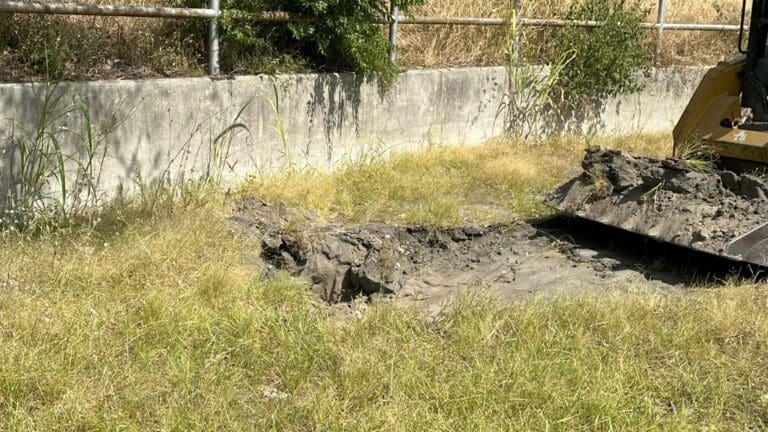
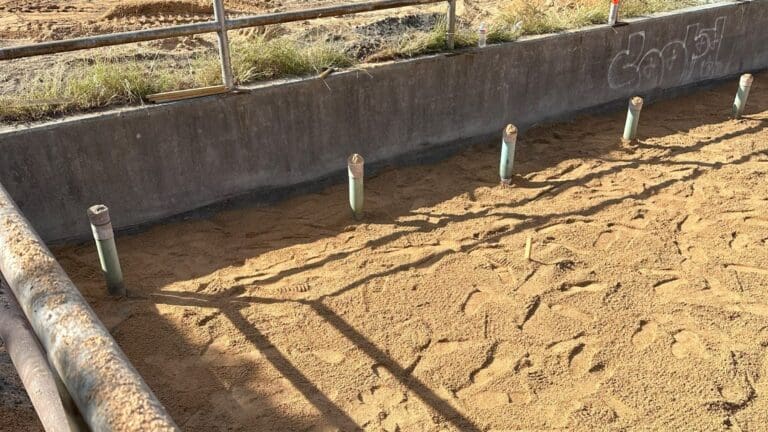
Did you receive an NOV? Have an urgent need? We can help.
Reach out to an AQUALIS representative today.
